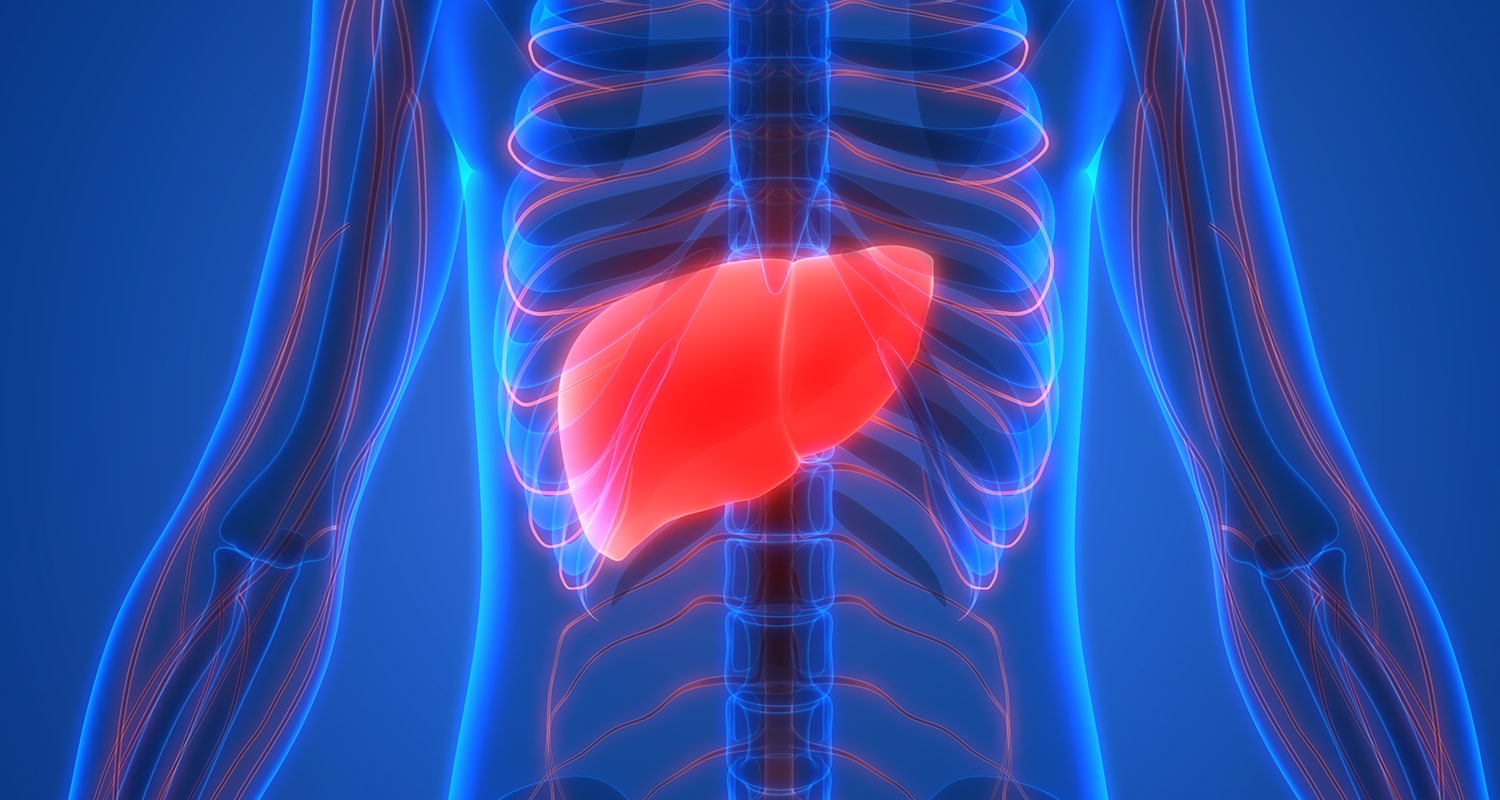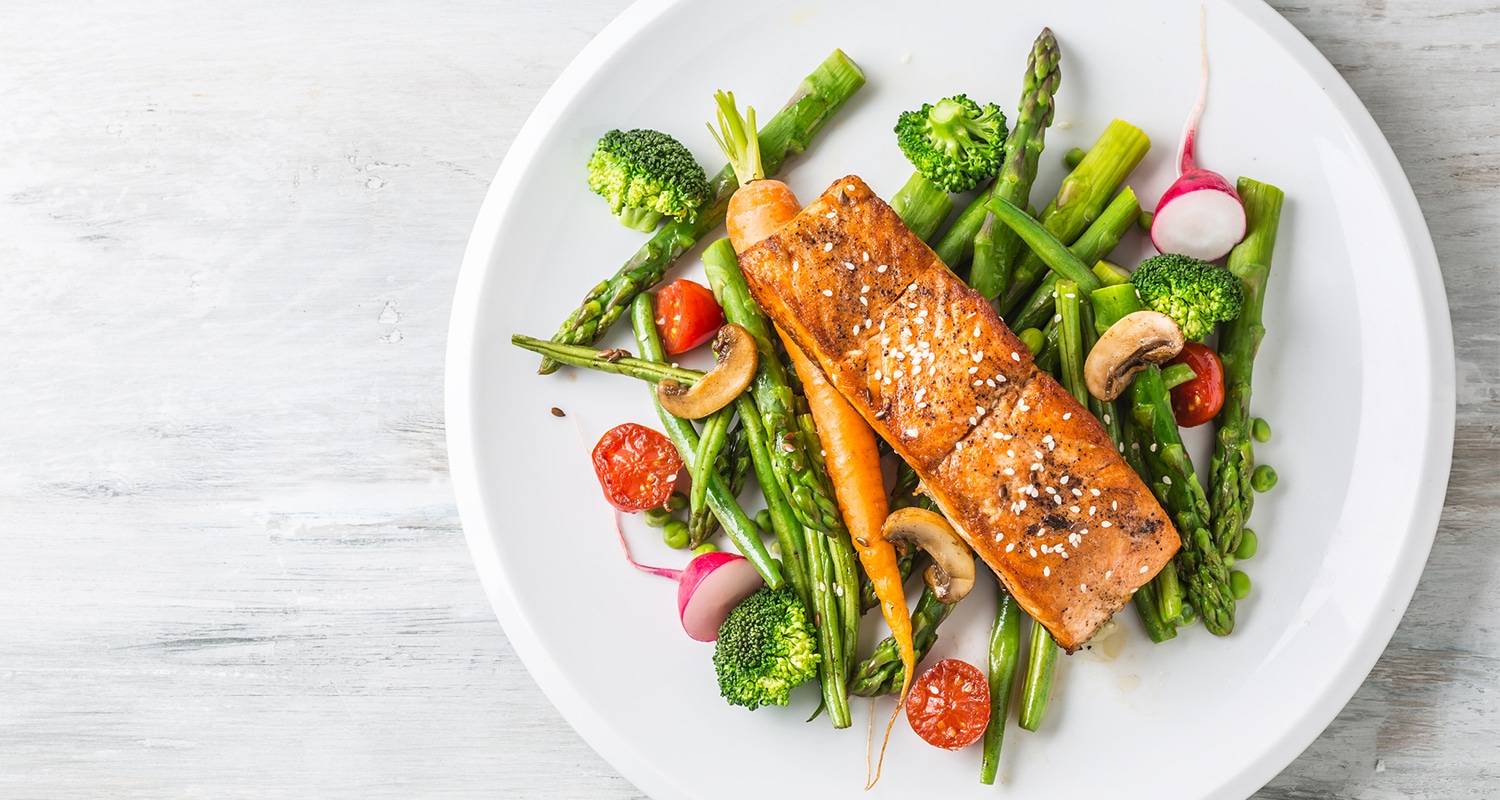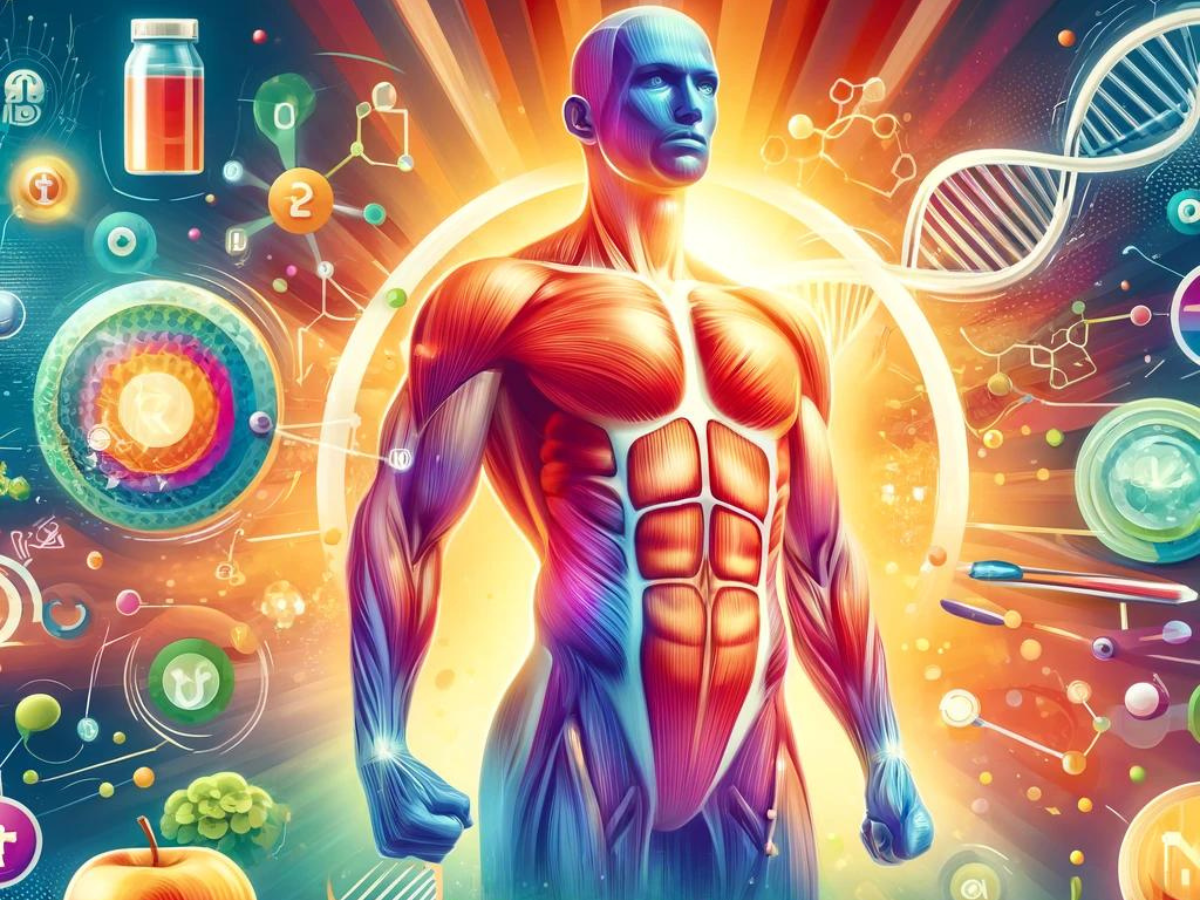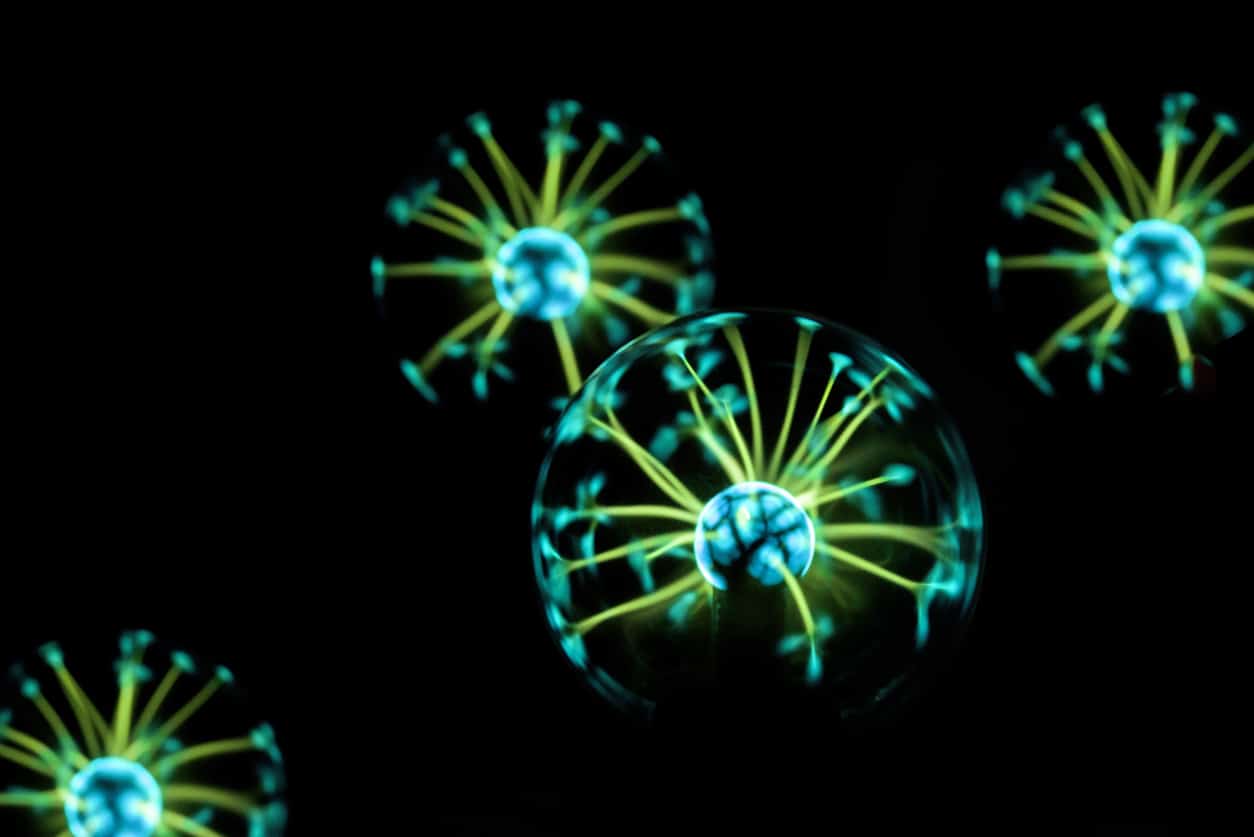
[tldr]
- Dealing with breakouts and under-eye circles? It’s not just stress — it’s your diet, too. According to Ayurvedic and traditional Chinese medicine, skin problems point to larger imbalances in your body.
- The practice is called face mapping, and it’s a useful way to get to the root cause of your skin issues.
- Skin problems on different areas of the face might suggest hormonal imbalances, a high toxic load, or even food sensitivities.
- For glowing skin, reduce your exposure to inflammatory foods, upgrade your detox practice, and take care of your gut health.
[/tldr]
Breakouts, redness, and puffy under-eye circles aren’t just symptoms of a late night or chaotic hormones. According to Ayurvedic and traditional Chinese medicine, these are symptoms of larger imbalances in your body, like an unhealthy gut or a high toxic load in your liver. This relationship is called face mapping, and it puts an entirely new spin on the phrase, “You are what you eat.”
Face mapping can even point to surprising food sensitivities, and it’s a powerful way to understand how what you eat affects your skin. Here’s what you should know, according to experts — plus a face mapping guide so you can finally figure out what that pimple on your chin really means.
What is face mapping?
In Ayurveda, the skin is classified as an excretory organ — it’s one of the ways waste products and toxins are removed from the body. According to Dr. Anthony Youn, a holistic plastic surgeon, the health of the gut is often revealed by the health of the skin. And although he doesn’t believe face mapping is always accurate, he says it’s useful for those who want to get to the root cause of their skin issues.
“I believe, unless you are in your teens or early twenties, a poor diet will most definitely show in your skin as premature wrinkles, inflammation, and breakouts,” he says. Dr. Youn calls this relationship the gut-skin axis. Studies already show that the gut and brain are closely connected via the vagus nerve. When your gut is inflamed or imbalanced, it sends a signal to your brain, which can impact everything from your mood to your weight. And, according to Ayurvedic medicine, that imbalance shows up on your skin, too.
Related: Signs Your Gut Is Unhealthy and Why You Should Fix It
The Ayurvedic approach to toxins and skin health
“The skin is very related to the liver,” says Martha Soffer, an expert in the Ayurvedic Panchakarma detox technique and founder at Surya Spa. “If the liver has a lot of toxins and doesn’t have another place to take them out, it takes them out through the skin.” So, problems like skin redness, breakouts, dryness, and inflammation may be symptoms of toxic overload.
According to Soffer, those toxins can build up from a range of triggers, such as fried foods, a diet that is high in sugar, and even sensitivities to acidic foods like tomatoes and bell peppers. Your body naturally eliminates toxins from your diet and environment, but a high toxic load makes it more difficult for your body to efficiently “Marie Kondo” your cells and clear out the clutter.
Related: 8 Detox Methods That Really Work
While it’s a good idea to stop eating addictive sugar and junk food, it’s too black-and-white to say that French fries cause pimples. Soffer points out that not everyone digests foods the same way. Some people can eat lectins, an antinutrient in legumes and nightshades, without an issue. Other people experience skin problems like rosacea and breakouts.
“It’s less about the foods you eat and more about looking at regions of your face,” Soffer says.
So, how does face mapping work? Just like your car’s “check engine” light switches on when there’s a problem under the hood, face mapping divides the face into specific regions that reveal imbalances in your hormones, your gut, and/or your toxic load. Below, you’ll find a guide to understand how your face feels about what you’re putting in your body. If you’re dealing with a chronic skin condition, talk to a medical professional.
Face mapping 101
Vata: Hairline to lower eyelid
Are you stressed? Breakouts on your forehead and bags under the eyes are symptoms of worry or anxiety, according to Dr. Alok Kanojia, a psychiatrist and member of the Council of Ayurveda Research. If you’re dealing with skin issues in the vata zone, your adrenals — the glands that produce the stress hormone cortisol — might be working overtime. In the short-term, that stress shows up on your skin in the form of acne and dark under-eye circles. But over time, chronic stress increases your risk of developing adrenal fatigue, inflammation, and a host of other issues. Yikes.
Related: Fungal Acne Is a Thing and You Could Have It (Maybe)
Pitta: Cheeks, nose, and upper lip
Pitta governs the liver and kidneys, your chief detox organs. If you’re dealing with breakouts and redness in the pitta zone, Soffer recommends stepping away from spicy, acidic foods like bell peppers, eggplant, and potatoes. In Ayurveda, these foods are acidic and create heat in the body. They’re also high in antinutrients like lectins — if you have a lectin sensitivity, you’ll notice autoimmune issues like brain fog, acne, and joint pain after eating a lectin-rich meal. That’s also why foods like quinoa, peas, and peanuts are suspect on the Bulletproof Diet.
Breakouts and redness in the pitta zone are also connected to hormonal imbalances. If you’re eating a lot of sugar, don’t be surprised if you break out in the pitta zone. Foods that are high on the glycemic index, like sugary pastries and dairy, increase your blood sugar and cause a insulin spike. That spike triggers excess sebum production and androgen activity, which is a major trigger for acne,[ref url=”https://onlinelibrary.wiley.com/doi/abs/10.1111/j.1346-8138.1995.tb03381.x”][ref url=”https://onlinelibrary.wiley.com/doi/full/10.1111/j.1600-0625.2009.00924.x”] says licensed naturopathic physician Trevor Cates in this episode of the Bulletproof Radio podcast.
Kapha: Chin and jawline
Like breakouts in the pitta zone, acne on the chin and jawline are connected to hormonal imbalances, so cutting out sugary foods and dairy may help improve your skin. But according to Dr. Youn, your kapha breakouts might also be caused by yeast and fermented foods like wine and sauerkraut. These foods are high in histamines that can wreak havoc on some people’s gut bacteria. Learn more about why fermented foods don’t work for everyone.
Tips for glowing, healthy skin
There’s a whole lot of truth behind the saying, “You are what you eat.” If you want to take care of your skin, take care of your diet, too. Here are the top recommendations from experts.
- Reduce foods that cause inflammation. Youn recommends reducing foods that are known to cause inflammation, like processed foods, factory-farmed meats, dairy, and gluten. Sound familiar? This recommendation forms the foundation of the Bulletproof Diet, which fills your plate with nutrient-dense foods that nourish your body on the cellular level. You’ll be on the path to healthy skin — and you’ll take care of the rest of your organs, too.
- Detox: A good detox routine helps your body eliminate lingering toxins that would have otherwise shown up on your skin. Limiting your exposure to inflammatory foods will help, but you can actually support your cells by skipping a few meals altogether. Fasting helps your body clear itself of unhealthy, aged cells via autophagy, which Youn says “might even help your skin look clearer and more youthful.” Intermittent fasting is an easy way to reap the benefits of autophagy, and you can adjust your fasts to suit your schedule.
- Eat more collagen: Collagen protein supports gut health by repairing and strengthening your intestinal and stomach lining. It also aids digestion and provides your body with essential amino acids for glowing, hydrated skin. Learn more about the benefits of collagen peptides.
Your gut is one of the most important arbiters of whole-body health, including your skin. “By proper digestion of food and prompt elimination of waste products, our skin becomes pure,” says Kanojia.
In Ayurveda, the concept of “Tejas” translates as the “glow of the sun.” Kanojia says that when someone has a healthy diet and purified nadis, or stream of energy, they glow. “The key to developing Tejas is actually diet. By proper digestion of food and prompt elimination of waste products, our skin becomes pure and Tejas, or the skin’s natural healthy glow, develops.”
So, for glowing skin, take care of your gut. Find out how to fix it here.

















